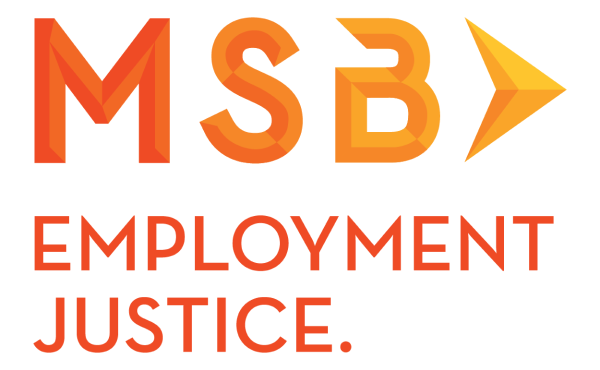Age discrimination and placing value on youth instead of experience remains a persistent problem in today’s modern workplace. In 2016, millennials or those born between the years of 1980 and 2000 surpassed baby boomers or those born between the years of 1945 and 1965 as the largest segment of the workforce. Despite that growing figure, as of 2017, 44.1% of the American workforce were ages 45 and older. The fact of the matter is that more folks are retiring later and working for longer—giving rise to more age discrimination claims.
What Is Age Discrimination?
Employers of any size may attempt to hide their unlawful desire to replace its workforce with younger employees that can be paid less through a large reduction in force or layoff. For this reason, it’s important to be familiar of the numerous forms in which discrimination can be displayed in the workplace. Some of the most common include, but are not limited to:
- Being treated differently than your younger coworkers;
- Age-related comments and name-calling;
- Persistent questions about retirement;
- A new (and potentially younger manager) who unjustly criticizes your previously good performance, and;
- Statements about being here too long and being paid too much.
Age Discrimination in Employment Act (ADEA)
Originally passed in 1967, this act protects employees and job applicants over the age of 40 from being treated less favorably than younger workers. Although the particulars of each law are unique, every state in the Union has also passed some type of law prohibiting age discrimination. In Minnesota, the Minnesota Human Rights Act (MHRA) is even broader than the ADEA—protecting employees and job applicants from age discrimination who are over the age of 18. Under both laws, employers cannot use age as a factor in:
- Hiring
- Termination
- Layoff
- Job duty delegation
- Promotions
- Pay
- Benefit decisions
If an older employee is terminated, he or she is going to have extreme difficulty making up for their wage and benefit loss. According to the EEOC, the average unemployment duration for a 54-year-old in 2017 was almost a year—and it may take that person two or three years to find a new job. Further, that new job may not be on a par with the one they had before. To make up for that financial loss, he will likely need to work longer than originally planned.
Because of these statistics, for wrongful termination age discrimination cases, the past and future wage and benefit loss damages can increase quickly if the discriminated employee is unsuccessful at obtaining subsequent and equal employment.
Older Workers Benefits Protection Act
This amendment to the ADEA requires employers during layoffs to provide terminated employees over the age of 40 with a list of those employees selected and those retained, the ages and job titles of those employees selected must be disclosed if a severance agreement is offered. While it may be true that some of the employees selected for the layoff are younger, it still could be considered age discrimination if the wronged employee can show that a particular younger worker was retained over the older for a particular position in a particular department.
Next Steps
If you feel you’ve been a victim of age discrimination, please call the legal team at MSB Employment Justice today. Our experts will allow you to thoroughly discuss the facts giving rise to your suspicion of age discrimination and will properly advise you on next steps. We are excited to hear from you and help in this uncertain time.



